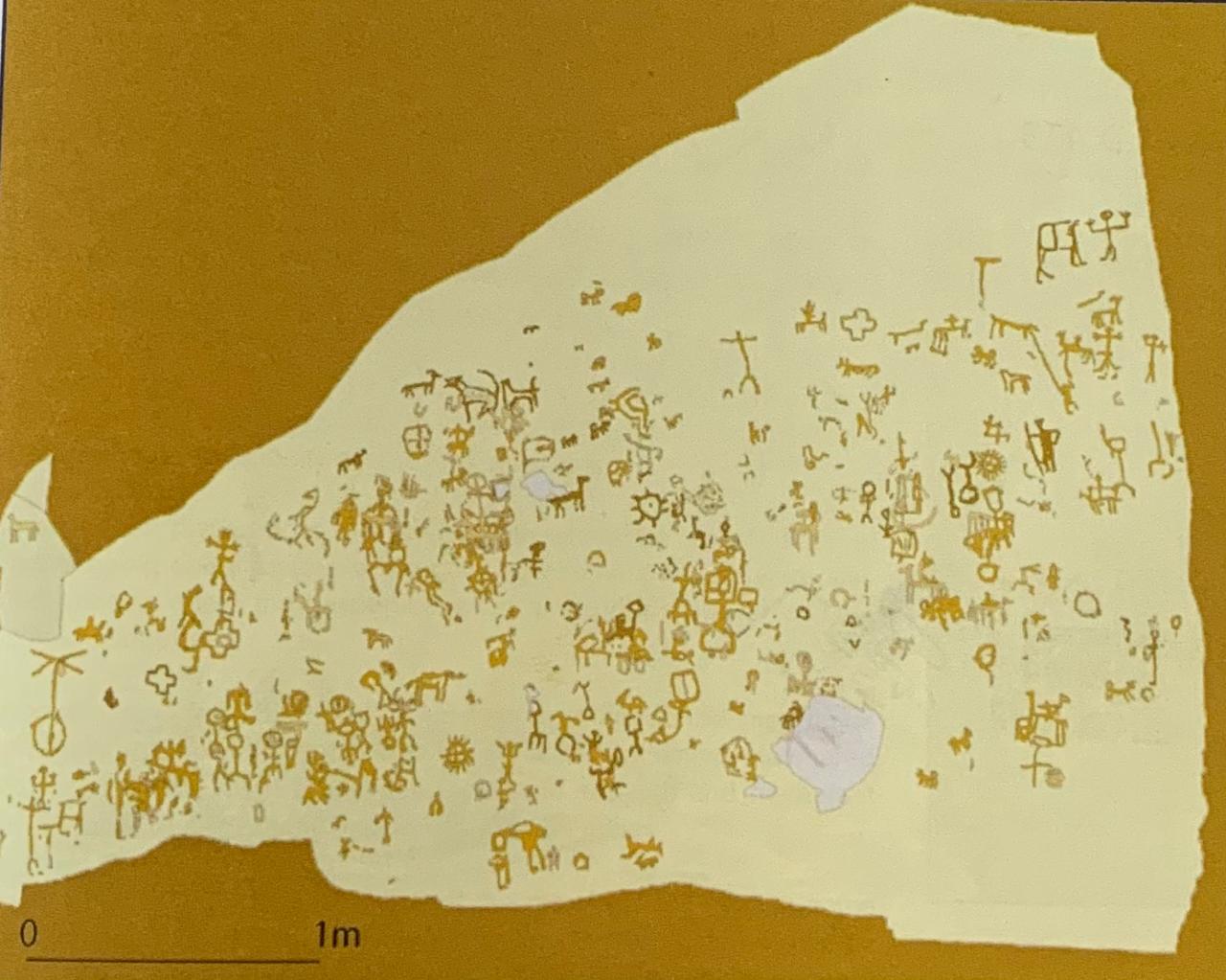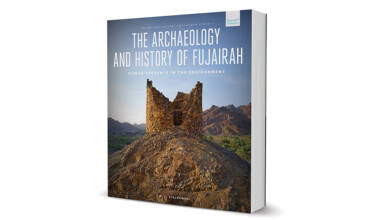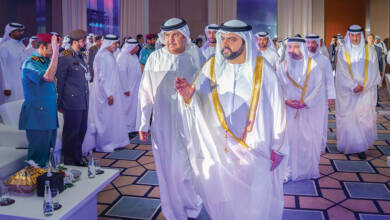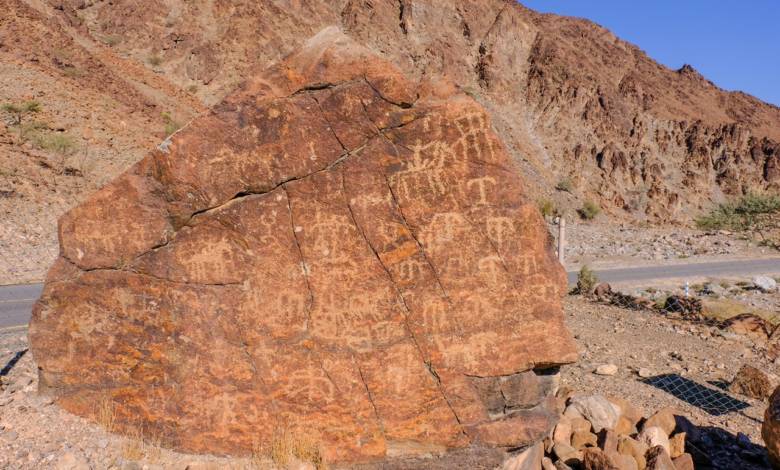
The East Coast is home to the UAE’s highest concentration of historical sites; a reflection of its strategic location, which has attracted peoples and civilizations throughout thousands of years.
The study of rock art in the UAE is regarded as a relatively recent and limited process, even though they constitute an important component of the study of the prehistoric era in the region. The study of rock art can provide us with more vibrant picture about the lifestyles, customs, economic and social conditions of the ancient population of this region, and it can reflect a psychological reading of those who carried out these actions through reading and analysis of their work.
The location of rock art sites varies but can generally be found in the slopes of the mountains and peaks, some of the rocks along the ancient travel routes, near wadis, springs and seashores and near discovered archaeological sites.
Themes and Motifs
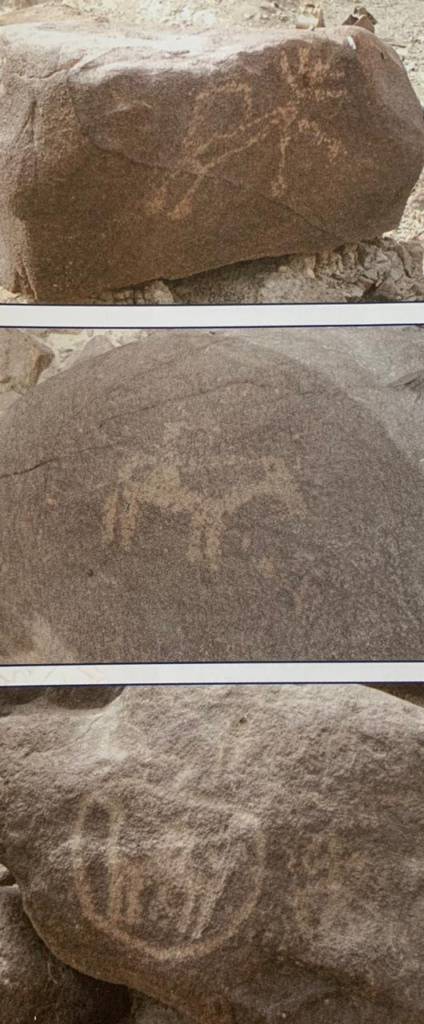
The subjects of the petroglyphs usually depict scenes or objects from the everyday lives of the people who made them.
Human and animal figures make-up the most common themes but there are also plenty of images and illustration of icons or geometric shapes which probably carry religious or ritualistic significance of sort.
Human figures are usually depicted in motions representing activities such as dancing, hunting or fighting. The most common illustrations of a human figure often depict a man with his arms pointing upwards with a curved sword by his side. Another common figure in the petroglyphs is that of a man mounted on top of a horse, a common motif across the Arabian Peninsula.
Animals featured include both domestic and wild such as horses, camels, foxes and leopards. Some motifs of camels include drawings of their full saddle gear, interestingly, this is not found in motifs of horses.It is thought this is an indication of the period of the rock art as the early Semitic inhabitants knew and used camels centuries before the introduction of horses in the region.
Exploring sites
There are some samples of petroglyphs, including the famous spotted leopard, which have been removed from their original sites and are now exhibited in Fujairah Museum.
There are no official organized trips to explore petroglyph sites in their original settings, but those wishing to do so can explore some of the sites on their own as they are open to the public and quite easy to find.
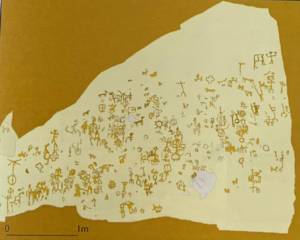
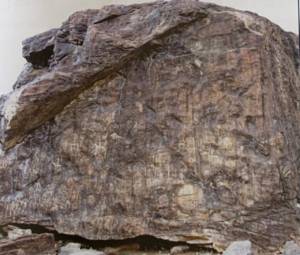
Article from the Destination East Coast Magazine Written by Fuad Mohammed Ali


